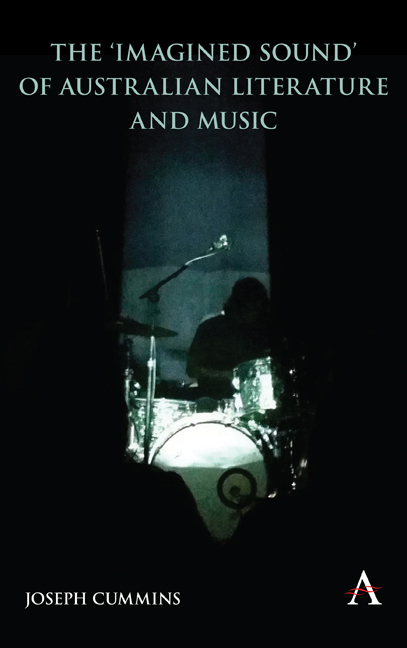7 - Noisy Songlines in the Top End
from Part Three - Listening to the Continental Archipelago
Published online by Cambridge University Press: 18 September 2019
Summary
Mapping the transformation of the colonial continental landmass into a recycled, postcolonial archipelago, Alexis Wright's acclaimed novel Carpentaria (2006) refigures the Top End of Australia as a space defined by circular weather patterns, charted by sonorous songlines and shrouded in both colonial and Indigenous noise. This chapter will examine how the constellation of landscapes and events depicted in Carpentaria create a novelistic songline, a contemporary reimagining of the novel. Recording the creative movements of ancestral figures, songlines have been commonly performed through a combination of singing and dancing (Stubington 2007). Although this original form has transformed significantly in Carpentaria, I argue that Wright's novel performs this songline function.
But not only is Carpentaria a novelistic songline, it is a noisy novelistic songline. Noise, the transgressive power of which is often associated with meaninglessness, distraction and excess, makes sense of the precise character of the sonically saturated fabric of Wright's work. Theorists of noise also describe how it is able to reform a structure or system. I extend these insights to see how the revisionist mythopoeics of Wright's novel couple the oftenungainly vibrations of noise to the heroic, geographic, animistic and synoptic characteristics of the songline, creating a map of political resistance, spiritual vitality and continental regeneration. Listening to the noise that inhabits several pivotal soundscapes of the novel – extra-resonant sites along its songline – complicates Carpentaria's place inside the borders and official histories of the nation. I divide these soundscapes into ‘neocolonial’ – the soundscapes of Desperance and the Gurfurrit mine – and ‘Indigenous’ – the storm and the island of rubbish. Like a kind of Deleuzian noise machine, in Carpentaria the sonic waste of the colonial is transformed into a refreshed location on the noisy Indigenous songline.
Reading Carpentaria with an ear for imagined sound is reliant on the web of ecological, historical, sociological and cosmological resonances shared by both the novel and the singing tradition. By providing a larger historical and narrative context to the mapping of specific places and times, this reading and listening approach gives an almost sacred or ceremonial function to the text. In other words, through imagined sound we hear Carpentaria as a contemporary iteration of Indigenous Dreaming. Deborah Bird Rose discusses this complex and multifaceted concept, referring to ‘Dreamings’ as ‘the great creative beings who came out of the Earth and travelled across the land and sea’.
- Type
- Chapter
- Information
- The 'Imagined Sound' of Australian Literature and Music , pp. 139 - 160Publisher: Anthem PressPrint publication year: 2019



